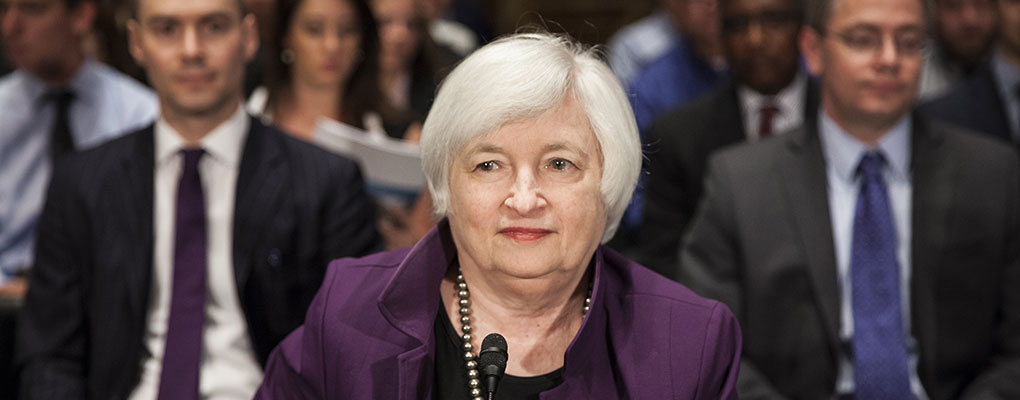
The new rules approved by the Federal Reserve will see the eight largest banks in the US forced to increase their capital buffers to protect against future loses. The increased buffers will, according to a Federal Reserve press release, “range from 1.0 to 4.5 percent of each firm’s total risk-weighted assets.” This increased buffer will be on top of the already effective seven percent required by Basel III.
The exact rate of the surcharge increase for each bank is to be determined individually
The exact rate of the surcharge increase for each bank is to be determined individually, taking into account the interconnectedness, cross-jurisdictional activity, substitutability, and complexity of each institution, as well as “a measure of the firm’s reliance on short-term wholesale funding.”
The increased buffer requirements will be phased in as of January 2016 and will become fully effective by January 2019. Because the exact requirements will rely on data from banks that is subject to change over time, the exact figures may change when the new rules come into effect. At present, however, the collective sum of the new requirements should amount to $200bn.
The banks in question, labelled as global systemically important banks by the Federal Reserve, include: Bank of America Corporation; The Bank of New York Mellon Corporation; Citigroup, Inc.; The Goldman Sachs Group, Inc.; JPMorgan Chase & Co; Morgan Stanley; State Street Corporation; and Wells Fargo & Company.
“A key purpose of the capital surcharge is to require the firms themselves to bear the costs that their failure would impose on others,” Janet Yellen, Chair of the Federal Reserve, is reported as saying in the press release. “In practice, this final rule will confront these firms with a choice: they must either hold substantially more capital, reducing the likelihood that they will fail, or else they must shrink their systemic footprint, reducing the harm that their failure would do to our financial system. Either outcome would enhance financial stability.”


